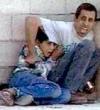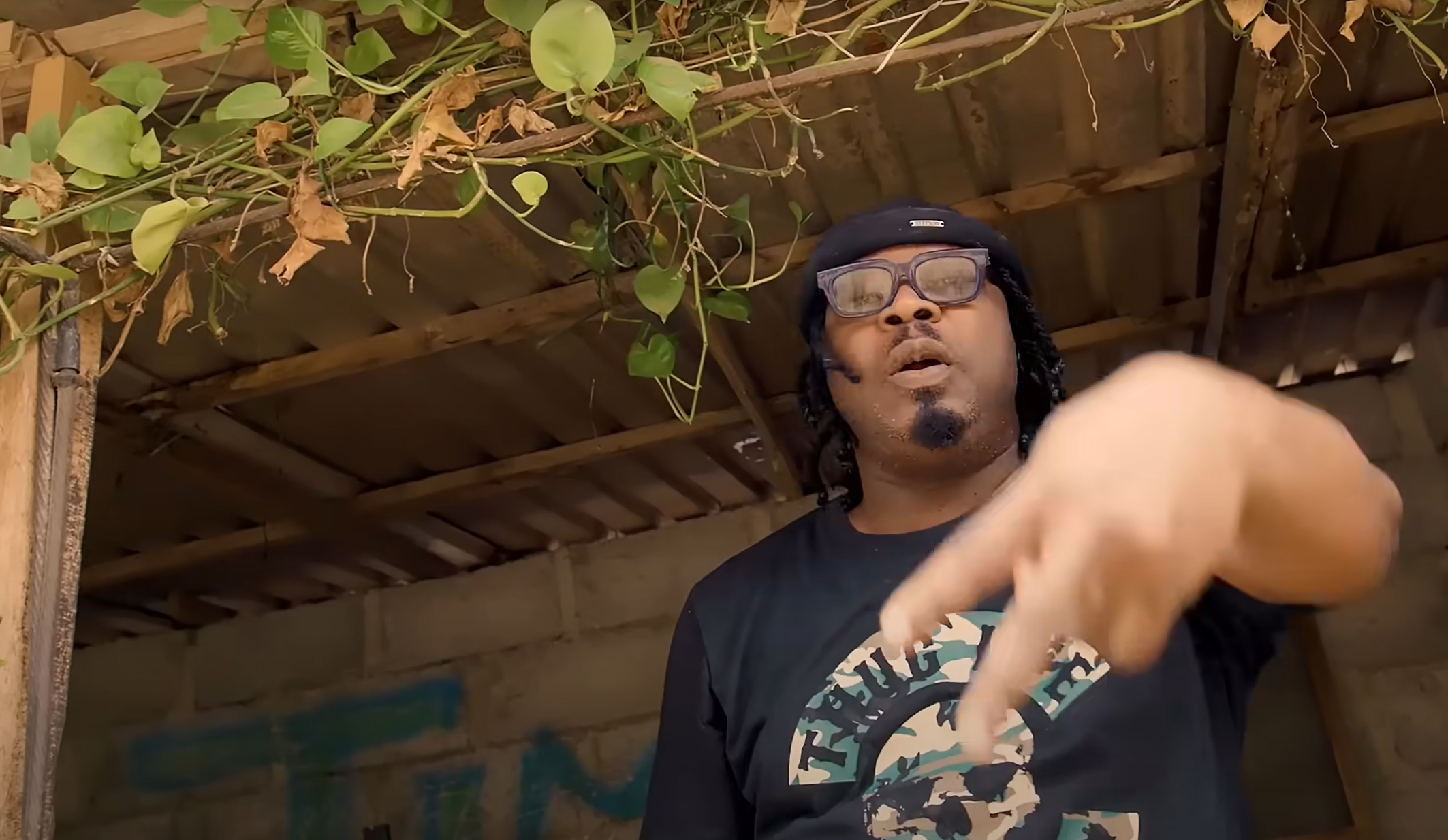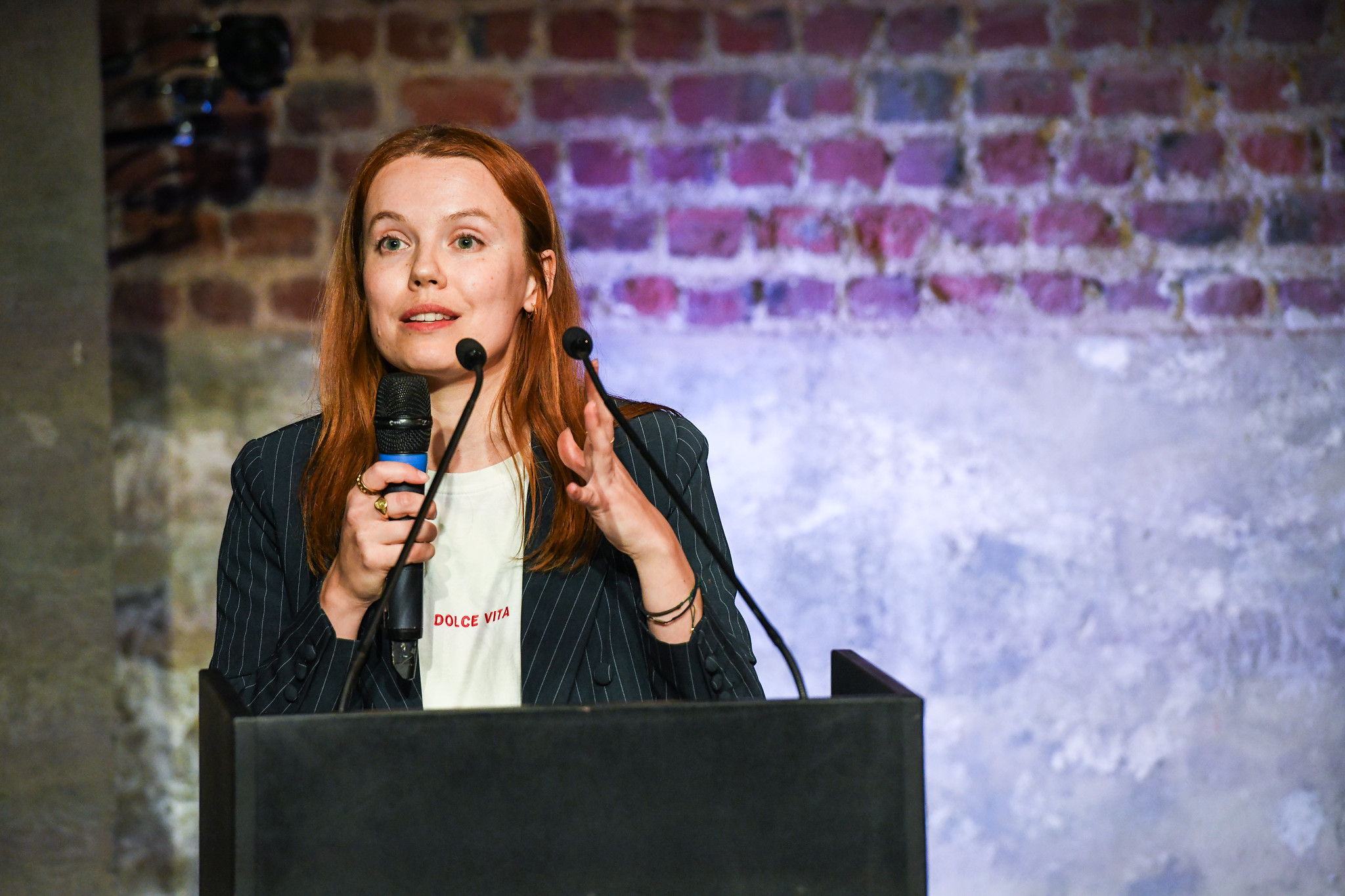 A recent French court decision leaves us no closer to the truth about footage that shook the Middle East, writes Natasha Lehrer
A recent French court decision leaves us no closer to the truth about footage that shook the Middle East, writes Natasha Lehrer
A seven-year debate over the authenticity of the footage of the death of Mohammed al Dura in the arms of his father Jamal reached a new stage on 21 May when the Paris Court of Appeal overturned a defamation verdict against blogger Philippe Karsenty.
In 2004 Karsenty joined the chorus voicing scepticism about the al Dura footage. He accused the veteran France 2 Middle East correspondent Charles Enderlin, who provided the voiceover for the report from Gaza, which was filmed by freelance cameraman Talal Abu Ramah, of knowingly having broadcast faked footage of the shooting at the Netzarim Junction on 30 September 2000. Enderlin and France 2 have consistently rebutted this accusation and have so far taken four bloggers, including Karsenty, to court. In the original court case, in 2006, the court did not demand that France 2 hand over the rushes. Karsenty was found guilty of defamation.
Enderlin was not in Gaza on the day, but he asserted in his commentary on the footage that the boy was killed by shots deliberately fired in their direction from the Israeli position. He also claimed, in an interview in October 2000 with the French magazine Telerama and on subsequent occasions, to have edited out shots of the 12-year-old boy’s final dying moments.
Last November the Appeal Court judge asked France 2 to hand over the tape of the rushes from which the broadcast footage was taken. Eighteen minutes (of the original 27) were handed over and shown in open court. What the original judge had found peripheral to the case – the footage itself – became the basis for the Appeal Court judge’s ruling. In her summing up of the reasons for the overturning of the decision the judge emphasised that Karsenty was within his rights to debate what she considered to be ‘a matter of public interest’. She noted that ‘Philippe Karsenty exercised in good faith his right to free criticism; that, this being the case, he did not go beyond the limits of freedom of expression.’ She went on, ‘It appears after examination of the 18 minutes of the rushes of Talal Abu Ramah handed over by France 2 that we cannot distance ourselves from the opinions of professionals….The claims made by the cameraman cannot be considered to be entirely credible.’
French media — who have enthusiastically rebroadcast Enderlin’s original report over the years — have been noticeably reticent when it comes to reporting on the Karsenty case, as indeed have the media in Britain. The squashing of Karsenty’s conviction merited, for example, a brief article in Le Monde seven days later, with the reminder that the judge ‘did not pronounce on the content of the France 2 report’ but merely on Karsenty’s right to criticise Enderlin. Clearly the Le Monde journalist did not read the judge’s ruling, in which she discusses in detail over seven pages the opinions of various experts who have concluded there is nothing in the footage to ‘affirm that [the child] is really dead and even less that he was killed by Israeli soldiers’.
Enderlin and France 2 have lodged an appeal with the Supreme Court to overturn the Appeal Court’s decision. It will take up to two years for the case to be heard.





